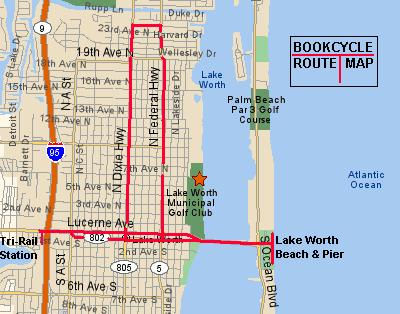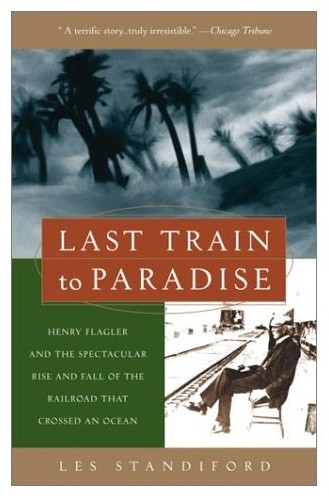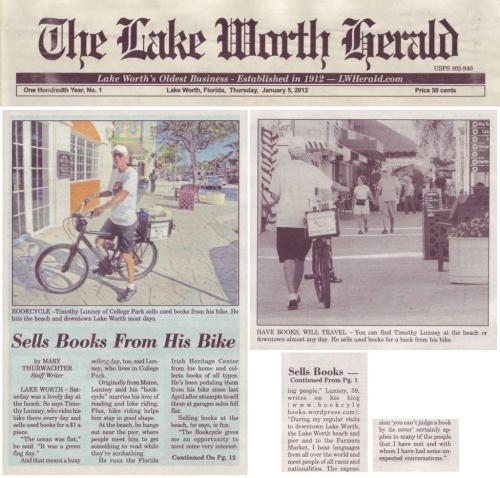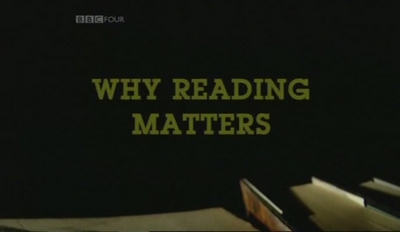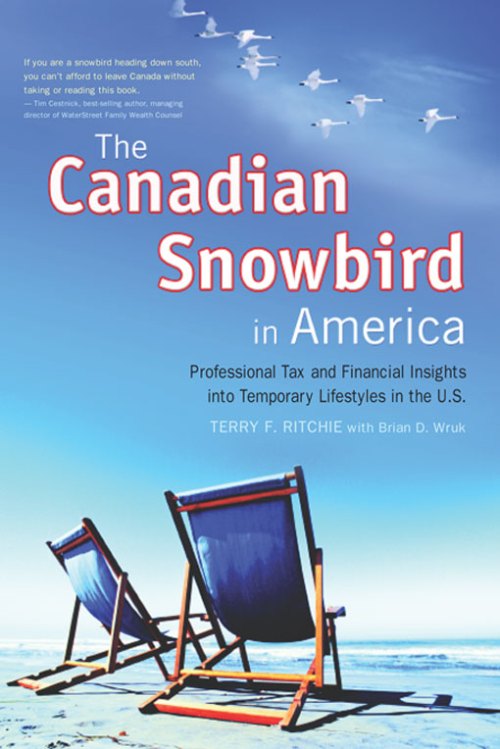I’m always looking for good books, at bookstores, garage sales, thrift stores, church fairs, flea markets and even the trash. This summer, while staying in Maine, I made a visit to the town dump and found a real treasure of a book there:

This antique school textbook, The Leading Facts of French History by D. H. Montgomery – Ginn & Company Publishers – 1899, has an old bookplate pasted to the inside cover from the City of Springfield warning students not to damage or deface the book, or they would have to pay for it. Apparently, everyone who used this book heeded that warning, because it is in excellent condition, not a tear or mark anywhere. Even though it is an antique, and is listed as a rare book, it’s not especially valuable. I checked on-line; and it’s valued at only $8.95. What makes this book a treasure is the 14 beautiful maps that it contains:

During the 18th and 19th centuries, maps and illustrations in books were finely engraved, carefully printed and colored. Today, this quality of engraving is found only in currency bills and fine art prints. Modern maps are produced digitally and lack the high resolution of antique engravings. I located a digitized copy of this book on Google Books. Sadly, it was scanned at low resolution and many of the double page maps are split into separate pages, misaligned and missing segments. Some of the colored maps were scanned in black and white, rendering their color-coded legends meaningless.
I have carefully scanned all of the maps at very high resolution and in color, and present them here for everyone to enjoy:
I. France in Departments in colors Frontispiece

(Link to a high resolution copy)
___________________________________________________________________________
II. Gaul in colors

(Link to a high resolution copy)
_______________________________________________________
III. Europe in reign of Theodoric showing the Frankish Kingdom AD 500 in colors

(Link to a high resolution copy)
_______________________________________________________
IV. Frankish Kingdom of the Merovingians

(Link to a high resolution copy)
_______________________________________________________
V. Europe in the time of Charles the Great or Period of Charlemagne in colors

(Link to a high resolution copy)
___________________________________________________________________________
VI. The Western Empire at the Treaty of Verdun in colors

(Link to a high resolution copy)
___________________________________________________________________________
VII. Possessions of Henry II of England in France and England

(Link to a high resolution copy)
__________________________________________________________________________
VIII. Central Europe in 1360 illustrating the Treaty of Bretigny in colors

(Link to a high resolution copy)
_______________________________________________________
IX. The Spanish Kingdoms showing the Possessions of Charles V of Spain with reference to France in colors

(Link to a high resolution copy)
___________________________________________________________________________
X. Sketch Map showing growth of France

(Link to a high resolution copy)
___________________________________________________________________________
XI. France in Provinces at the beginning of the Revolution

(Link to a high resolution copy)
___________________________________________________________________________
XII. Sketch Map of Europe showing the Principal Battles of Napoleon

(Link to a high resolution copy)
___________________________________________________________________________
XIII. Central Europe 1810 showing the Napoleonic Empire at the period of its greatest extent in colors

(Link to a high resolution copy)
______________________________________________________
XIV. Central Europe in 1815 showing France after the fall of Napoleon in colors

(Link to a high resolution copy)


